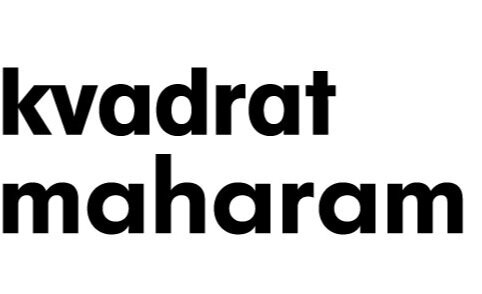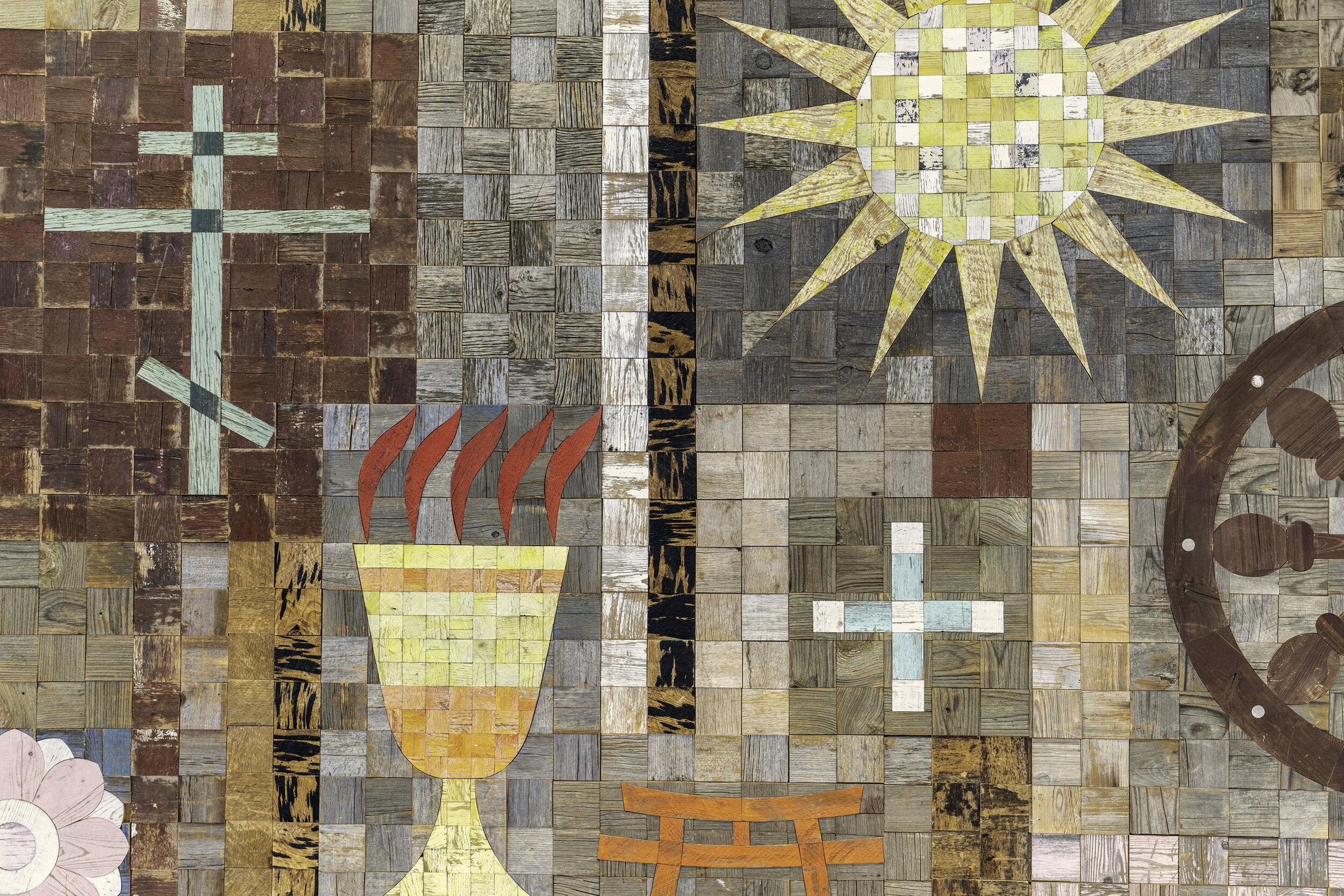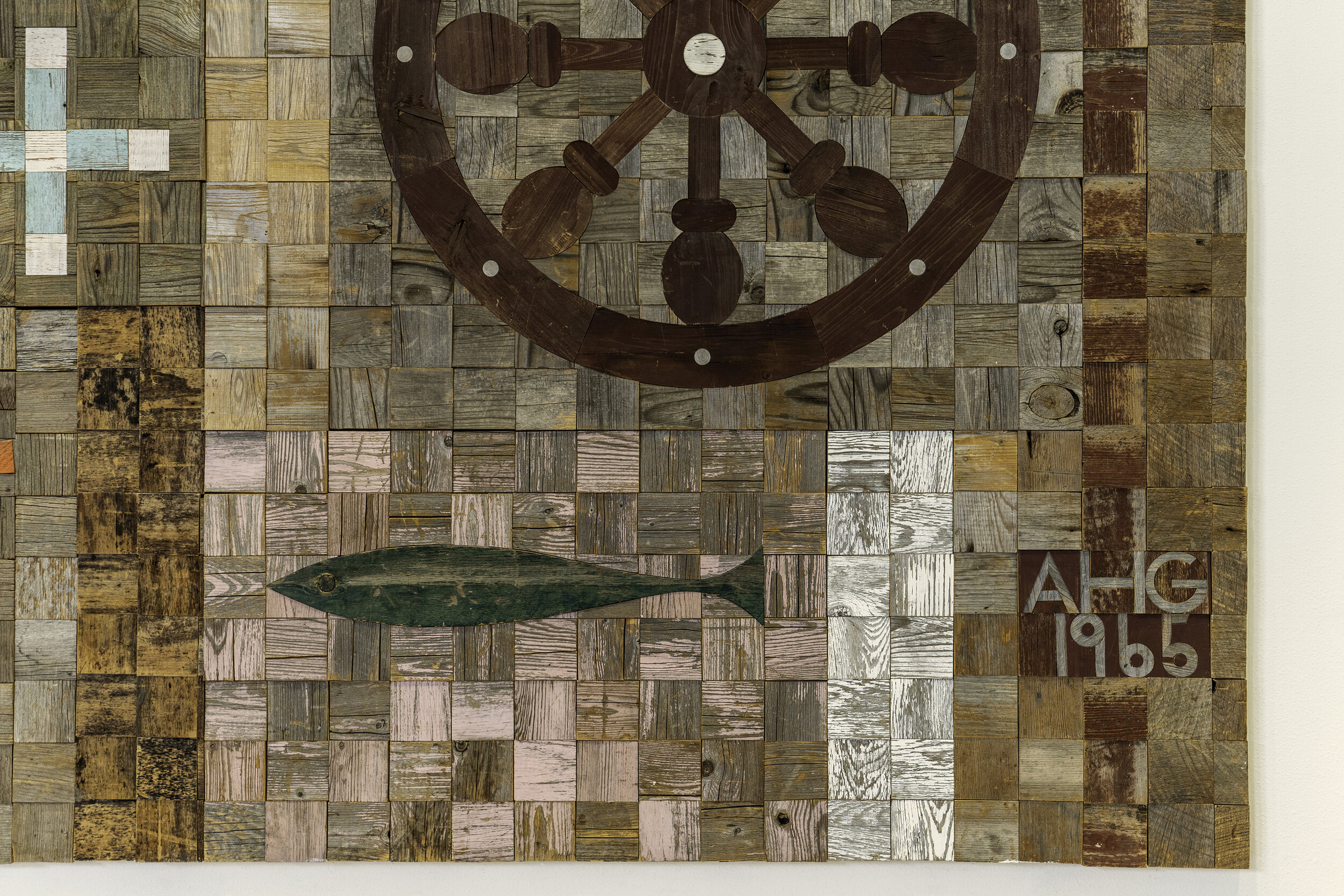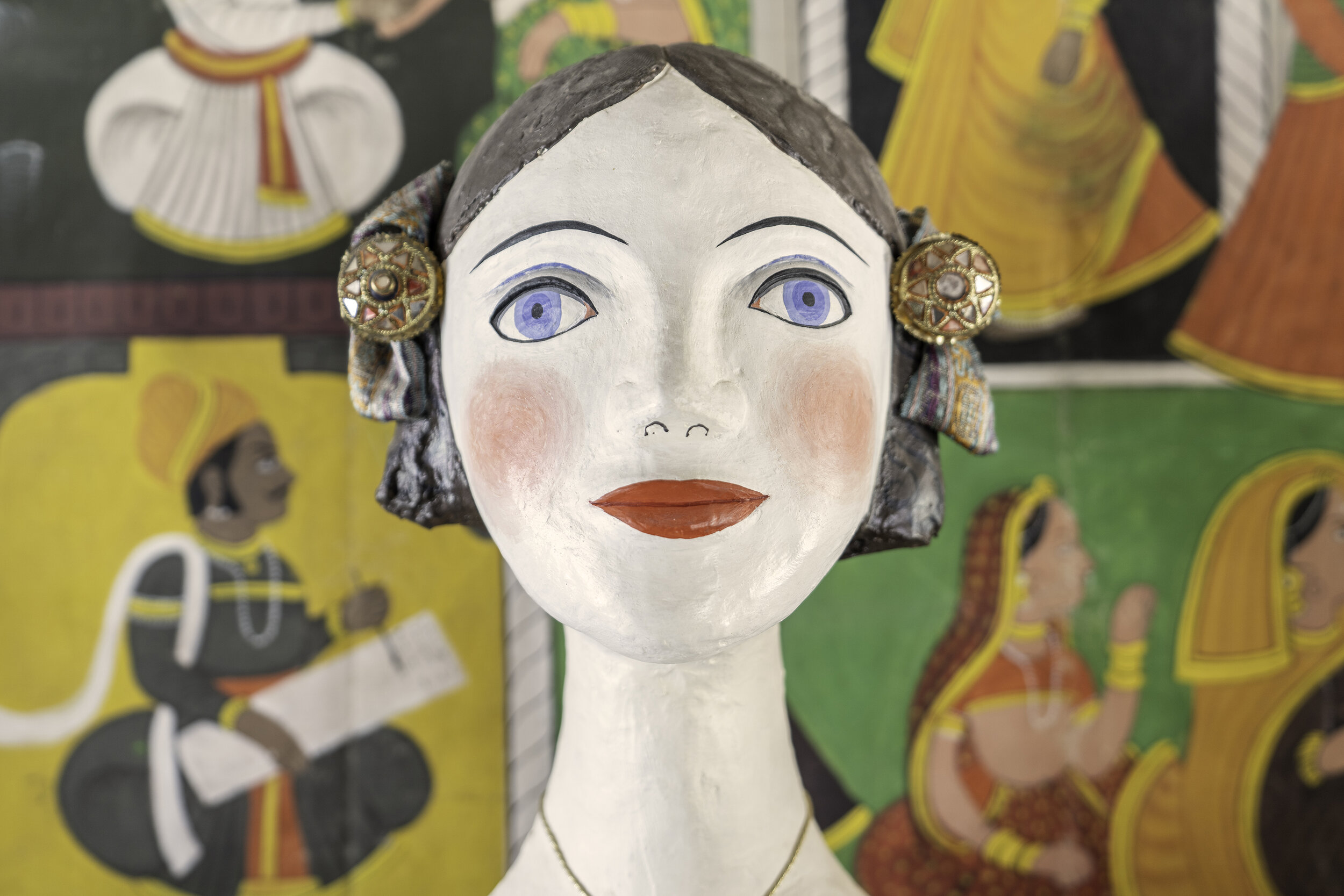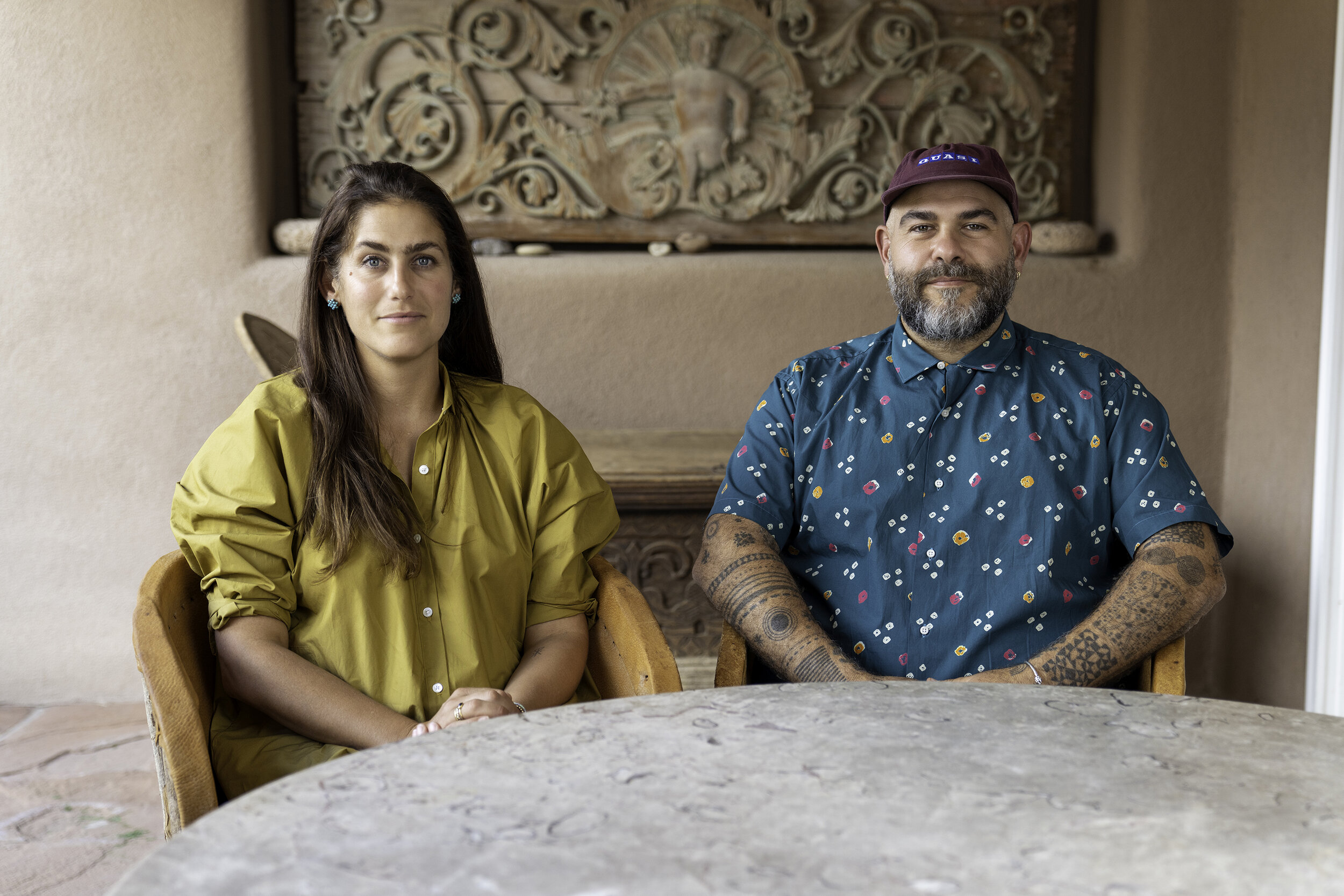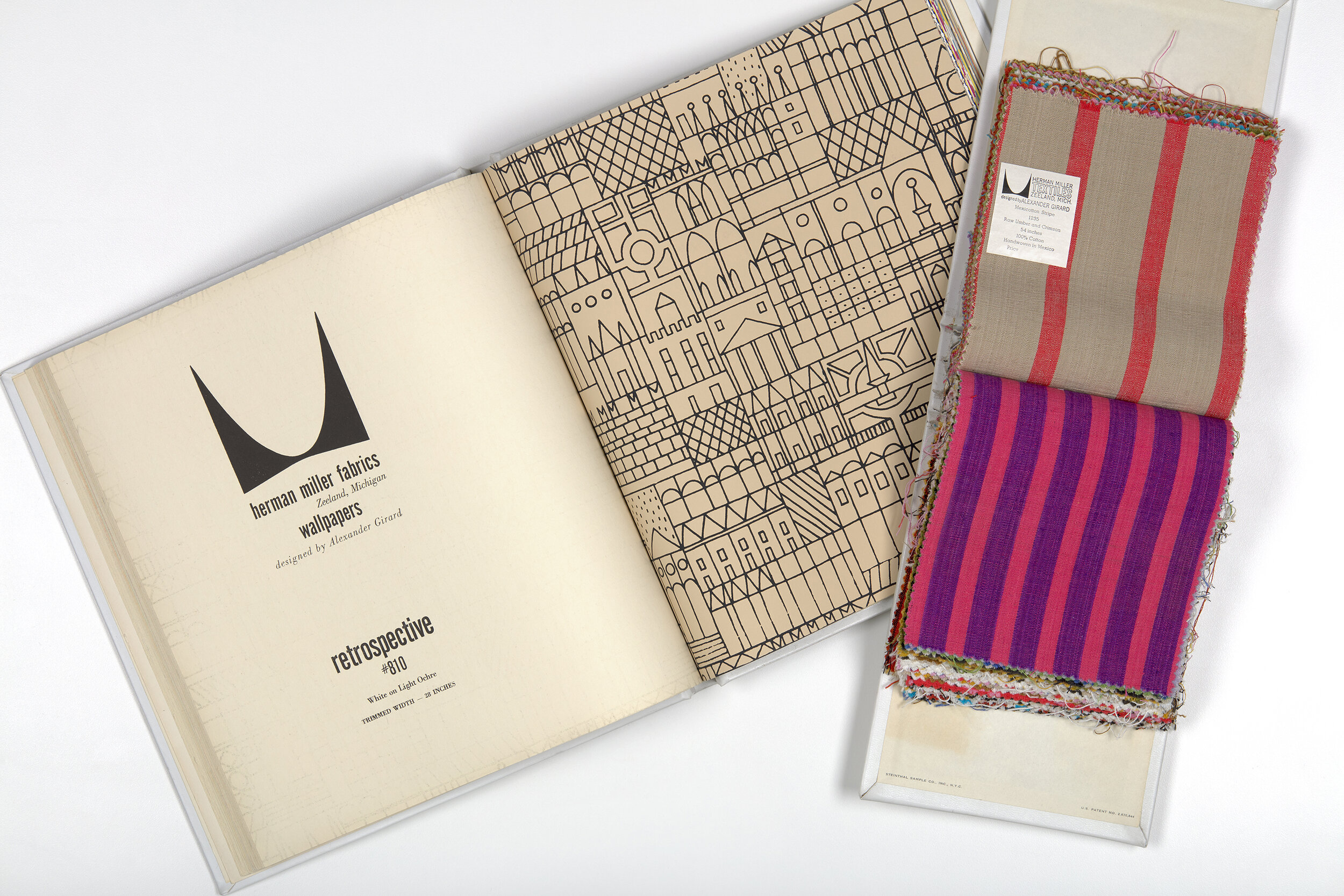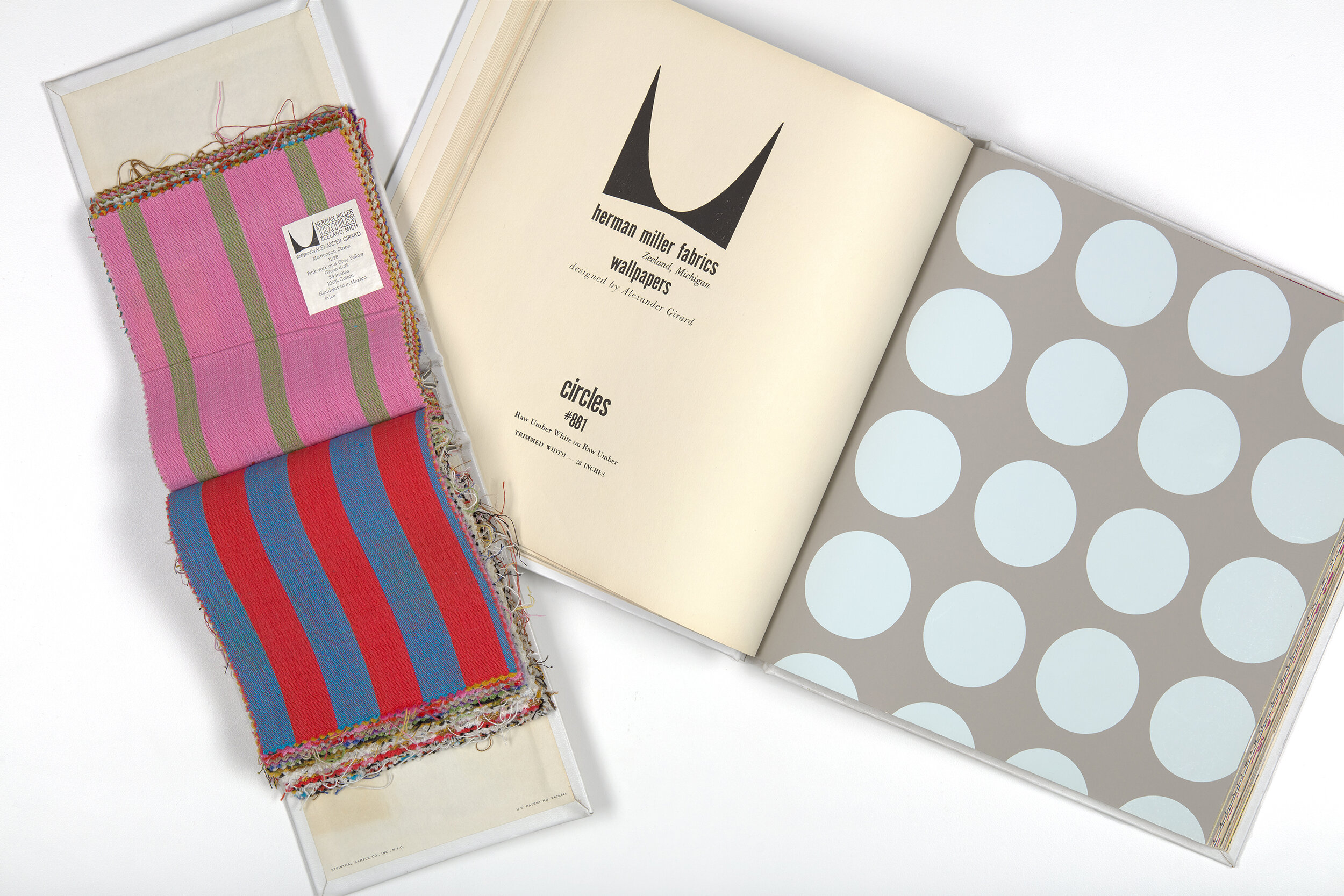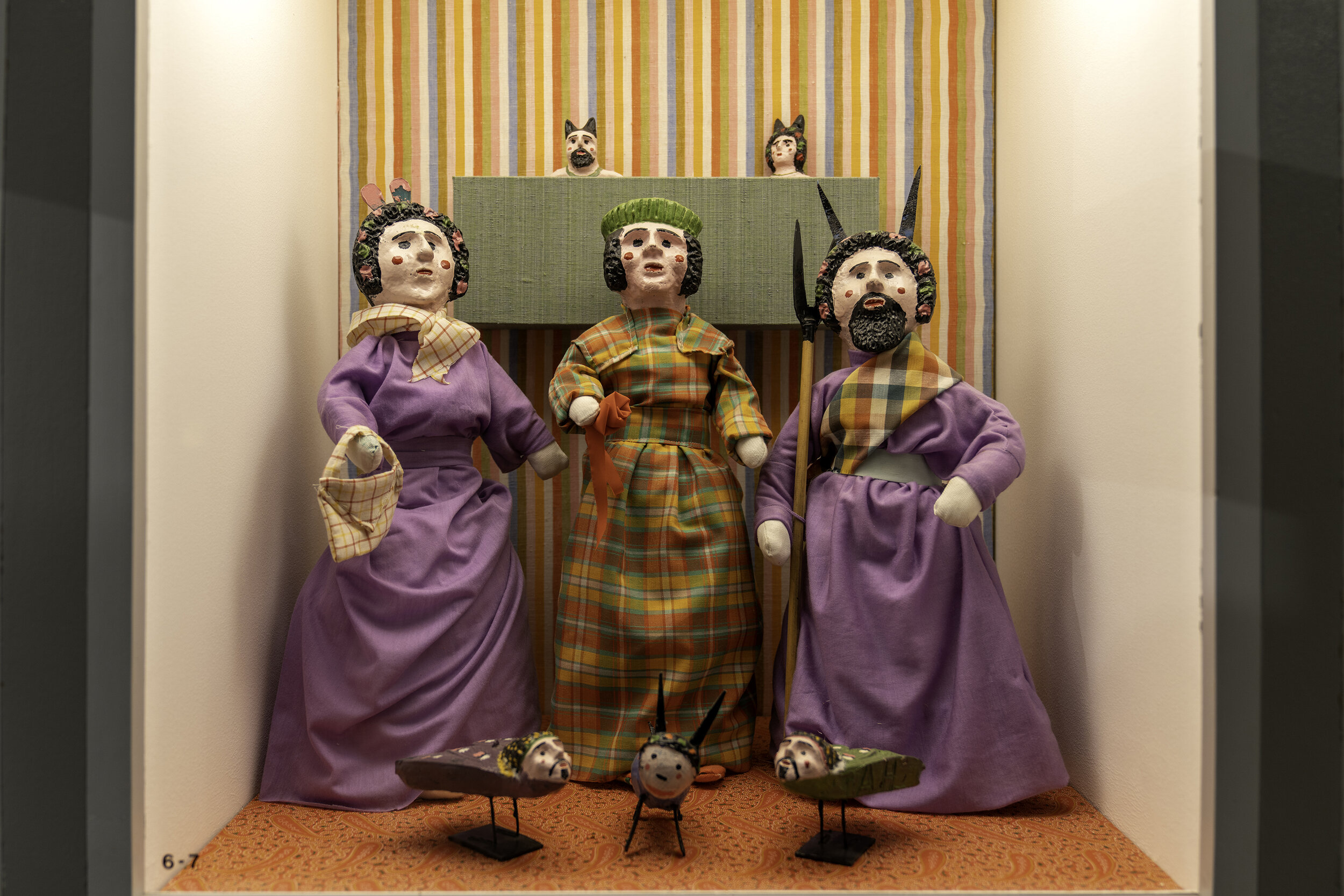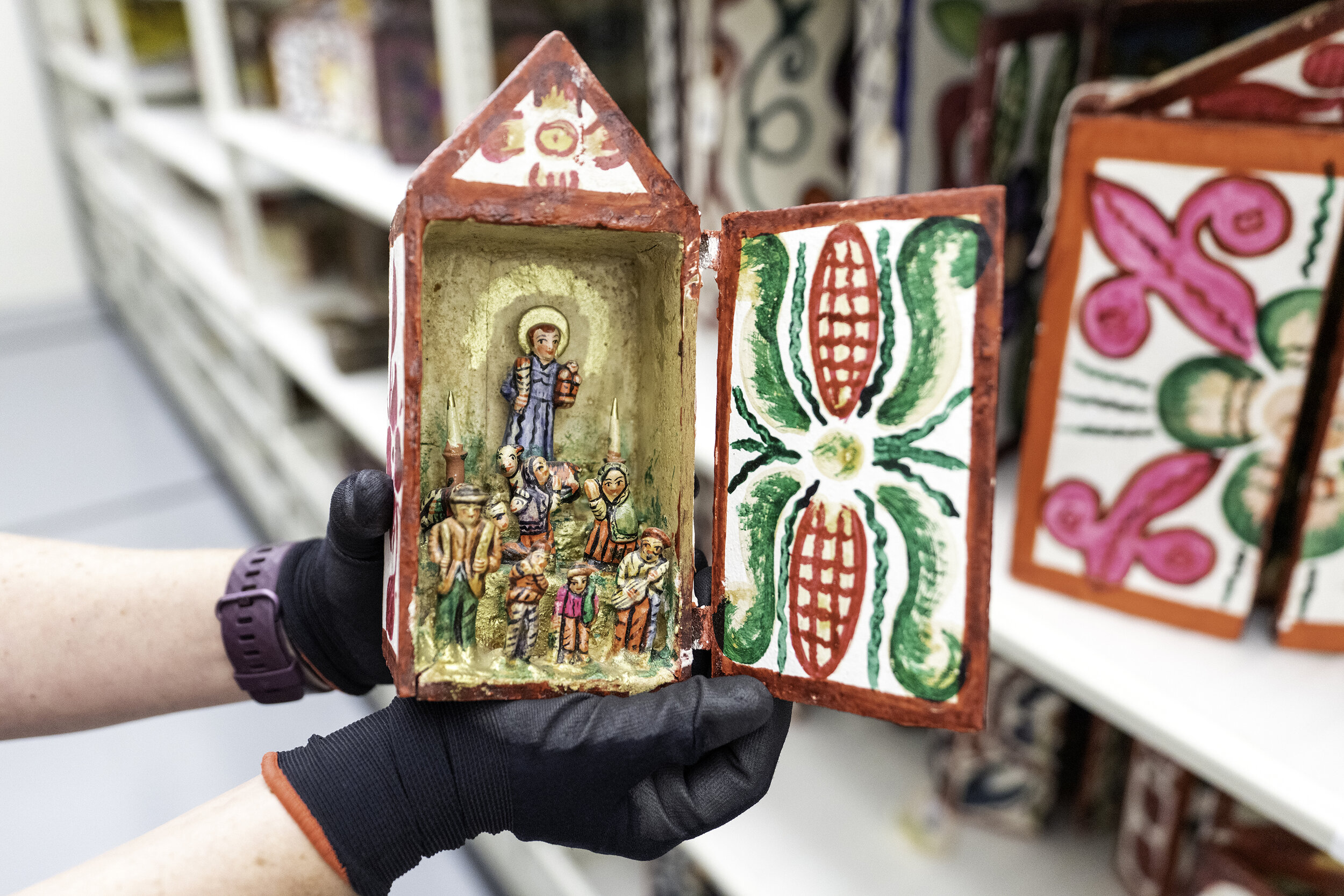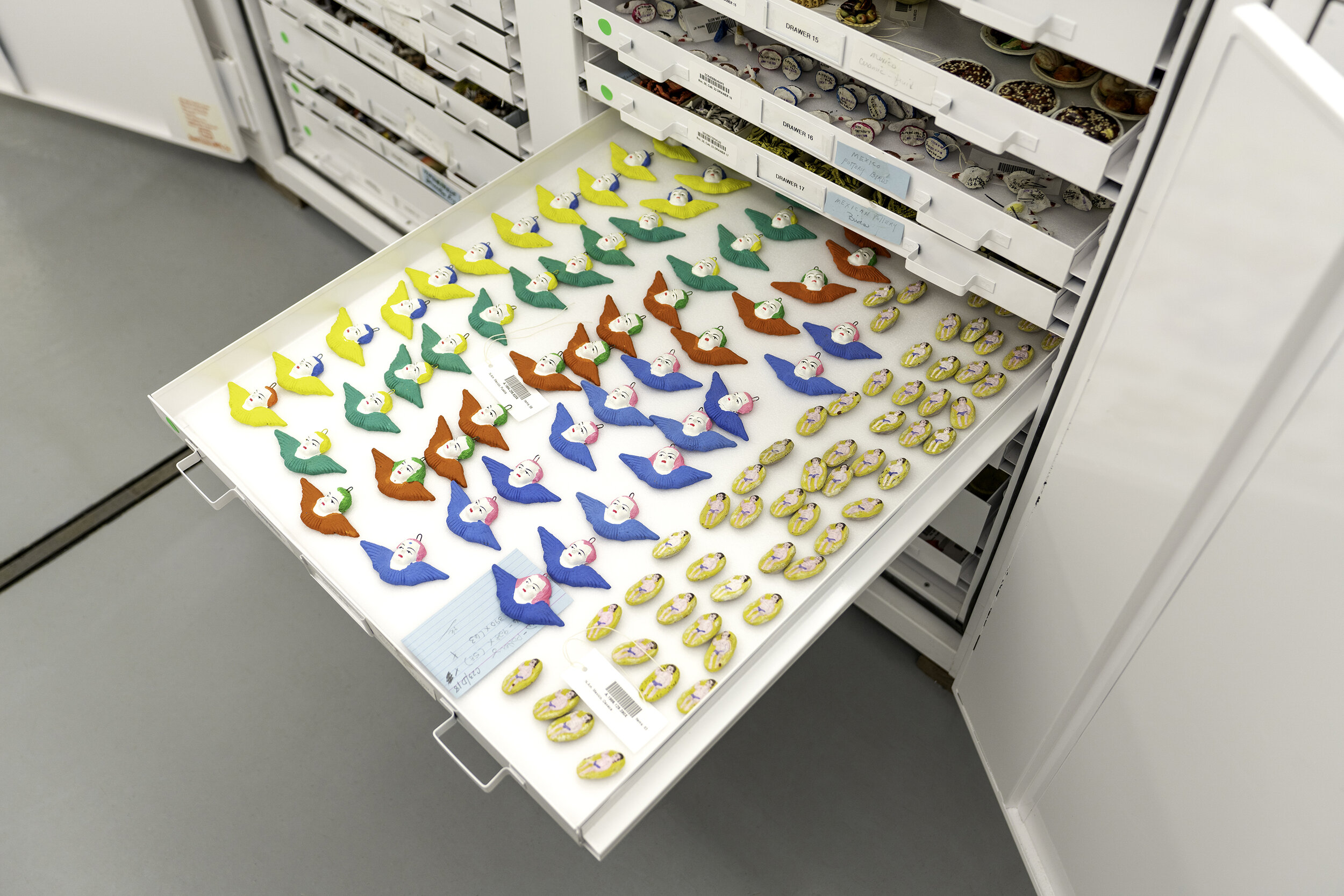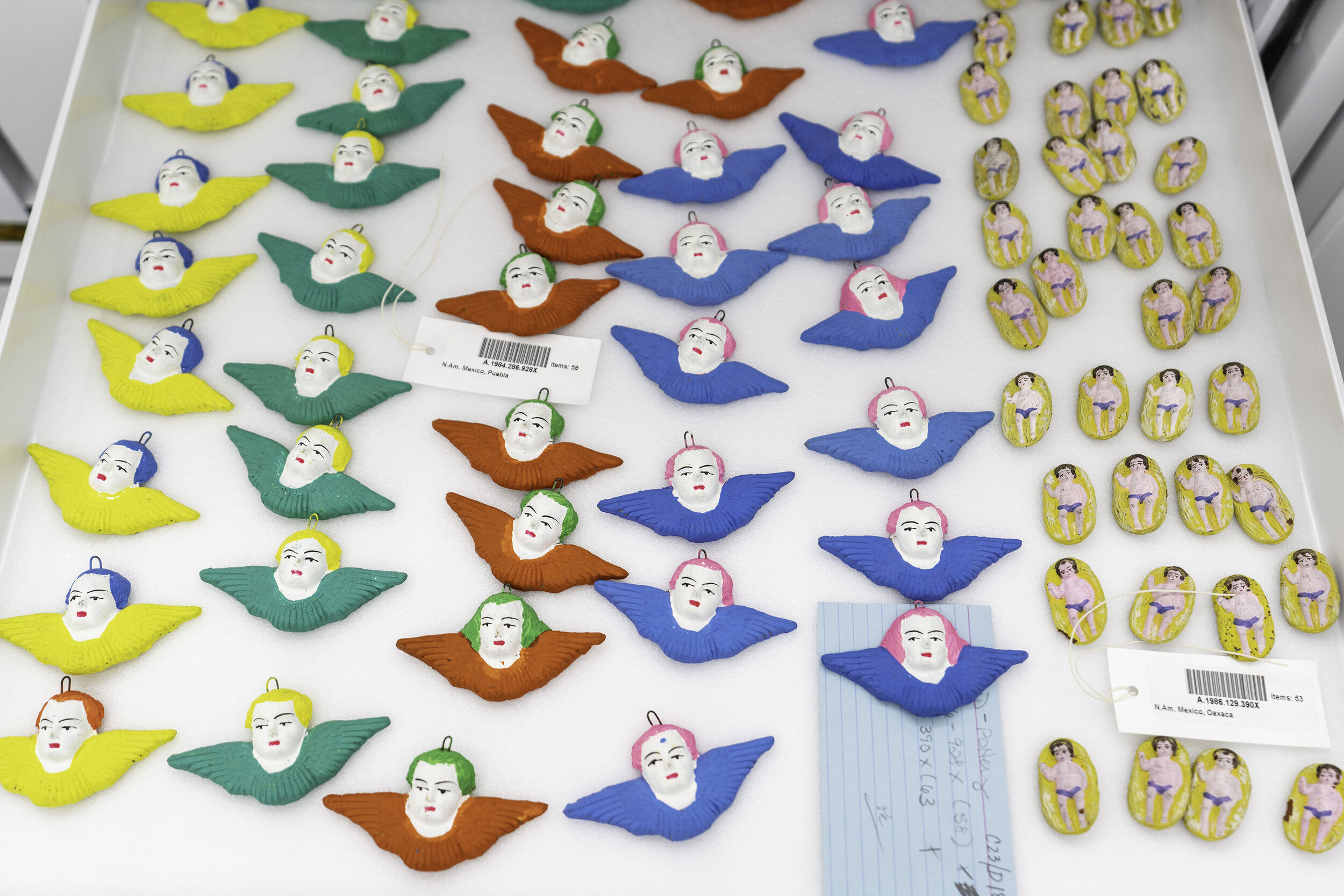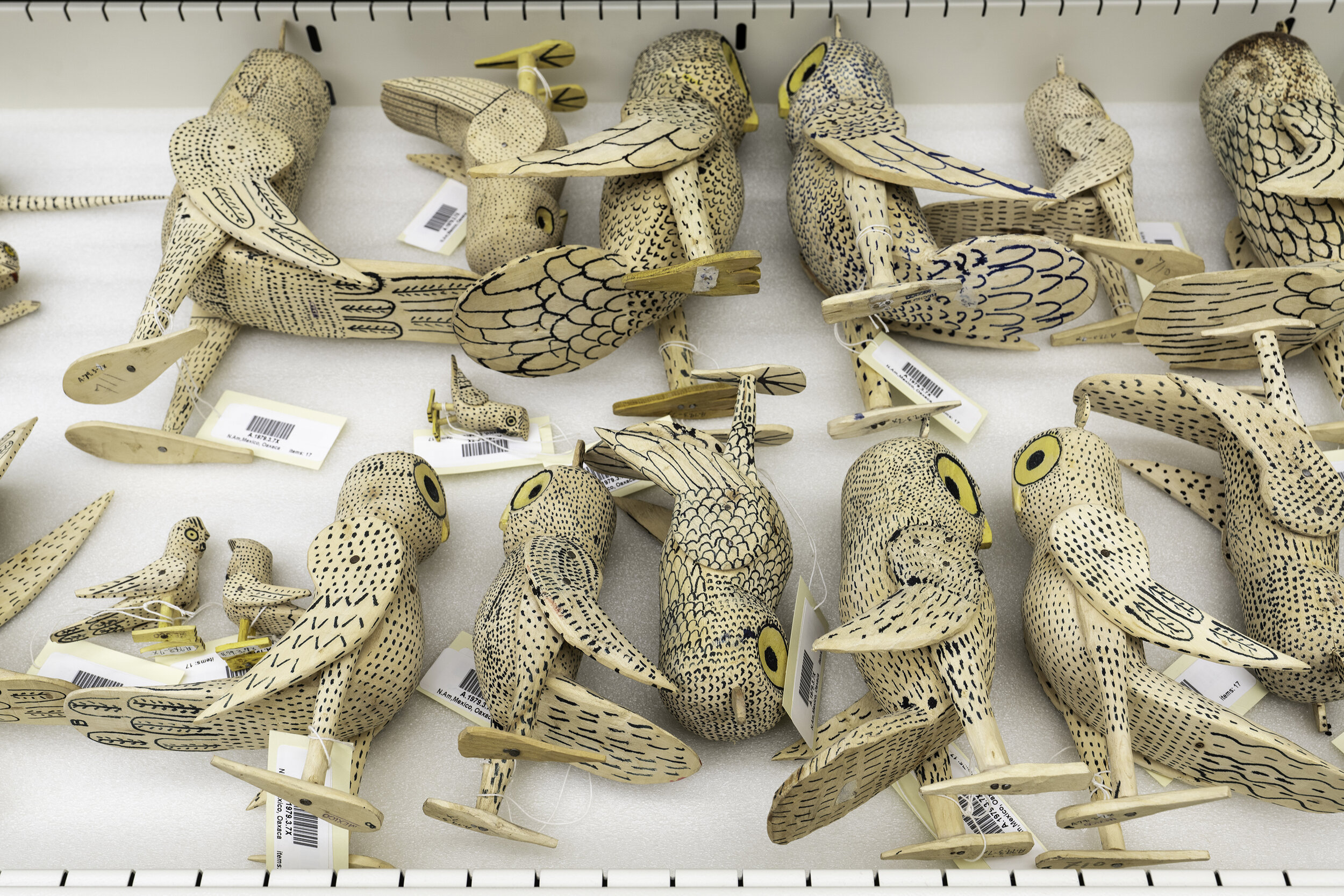Alexander Girard in New Mexico for Maharam
In 1953, after years spent in Florence, London, Rome, New York, and Detroit, Alexander Girard moved with his family to the high desert of Santa Fe, where he lived and worked for the rest of his life.
In 2021, Maharam invited Aleishall Girard Maxon and Kori Girard, his grandchildren and co-directors of Girard Studio, to share personal insight into the profound impact that New Mexico’s landscape and creative community had on Girard’s process. They also reflected on their grandparents’ extraordinary collection of over 106,000 folk art objects, assembled over forty years and now housed at Santa Fe’s Museum of International Folk Art. “Probably the most important thing [our grandfather] passed down to us was to be your own person, find your own creative process… Acknowledge the past and find your own way, make yourself modern, make yourself vibrant and alive,” says Kori Girard.
Reflecting on her grandfather’s achievements, inspiration and process, Aleishall Girard explains; ‘What—and how—a person collects offers a glimpse into the way their mind works. Thumbing through my grandfather’s meticulously organised drawers, I began to understand how he digested the world around him. As a child, I had marvelled at the beauty of individual objects, but now I could see his practice of collecting was as much a part of his creative process as drawing or photography. He paid attention to objects that reflected the quotidian nature of places far and wide and, by bringing them together in such an orderly manner, he was able to both reference them for his own work and assemble a global visual vernacular.’
Maharam introduce new collections of graphic upholstery fabrics, rugs and wallpapers by Alexander Girard
The reissued designs pay true homage to Girard’s enduring style, ranging from his unmistakable geometric patterns and unequivocal colour play. True to form, Maharam’s innovative spirit reinstates the designer’s essence through contemporary iterations of Girard’s iconic stripes and simple linear arrangements.
Core to this offering is two upholstery patterns that Girard designed eleven years apart, but which jointly epitomize his belief that design should be simple, timeless, and useful. During his tenure at Herman Miller, Girard spoke of a desire to create “staples,” which often led him to favour simple geometric forms. Pepitas (1952) enlists one of Girard’s most cherished motifs, a pointed ellipsis formed by the intersection of two disks with the same radius, overlapping in such a way that the centre of each shape lies on the perimeter of the other. This motif—said to represent unity within duality in sacred geometry—is used across multiple Girard patterns, from drapery to wallpaper.
By contrast, Mexidot (1963) was conceived as part of a series of handwoven stripes called Mexicotton, which Girard developed with a resource he encountered during a trip to Mexico to purchase artifacts for his growing folk art collection. Drawn to the vibrant combination of handmade textures woven with a simple structure in clear colours, Girard continued to collaborate with these artisans for the rest of his tenure at Herman Miller. In reproducing this textile, Girard Studio was adamant the updated version be produced with reduced environmental impact and at an accessible price to reflect the material simplicity of the original.
Looking to vertical surfaces, Alphabet (1952), Roman Stripe (1952), and Broken Stripe (1952) were originally silk-screened wallpapers that have been re-engineered as contract wallcoverings using a digital print technique on a non-PVC substrate. In order to retain the careful craftsmanship and vibrancy that distinguish the originals, each layout was carefully traced and colour-calibrated by the Maharam Design Studio.
Explore the latest designs by Alexander Girrard

